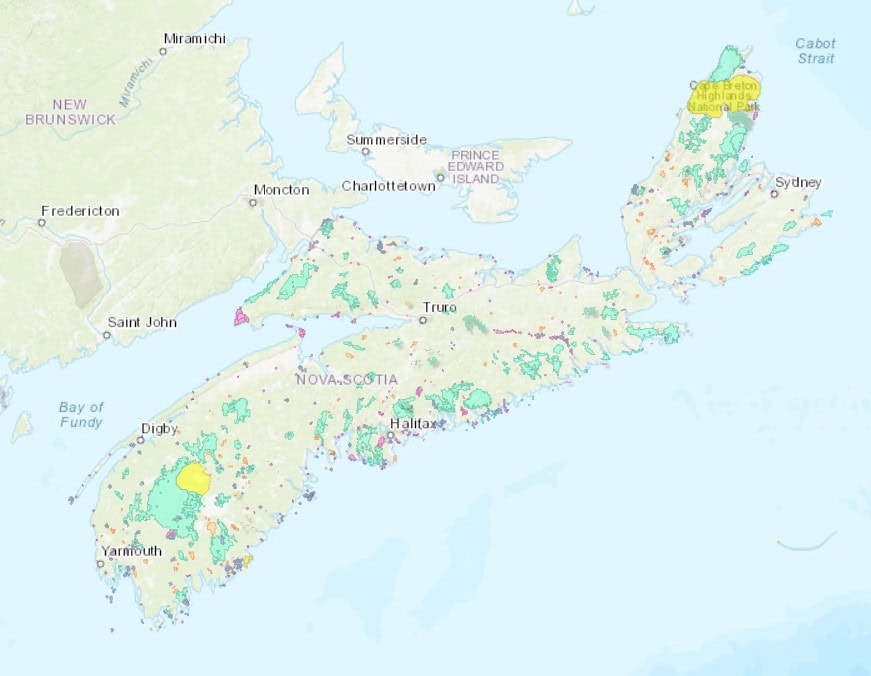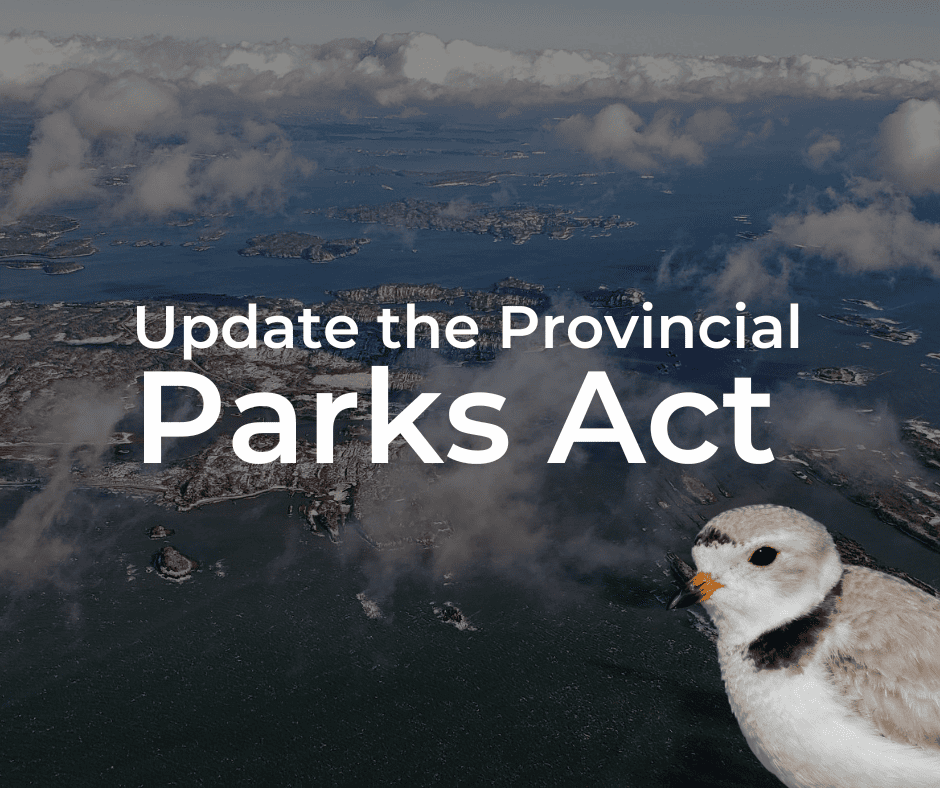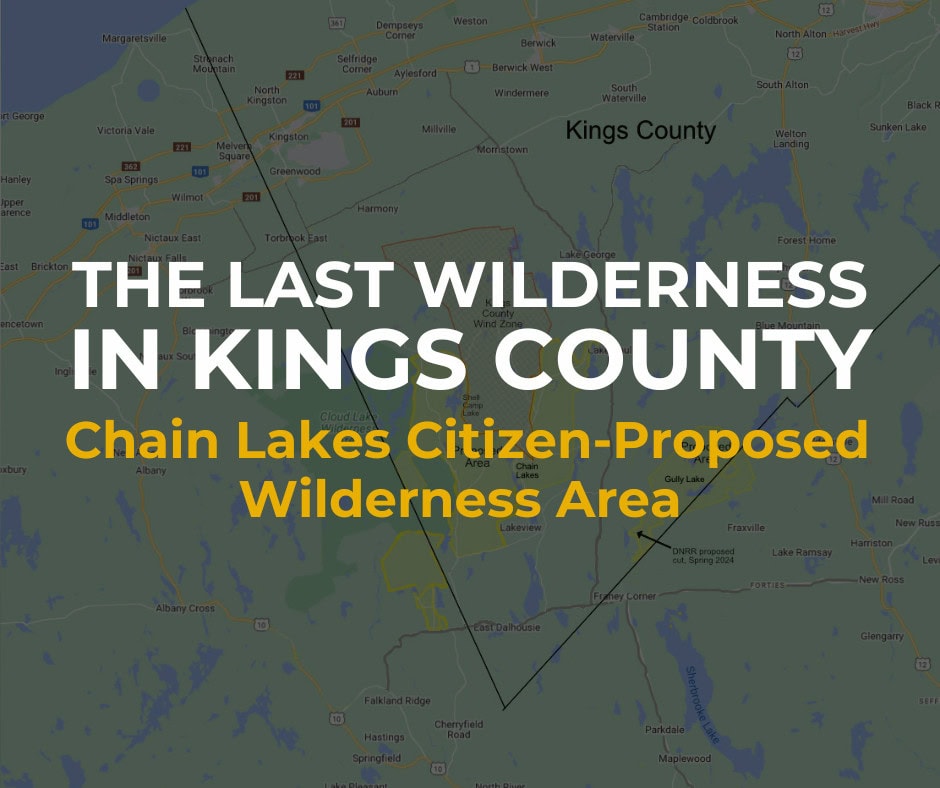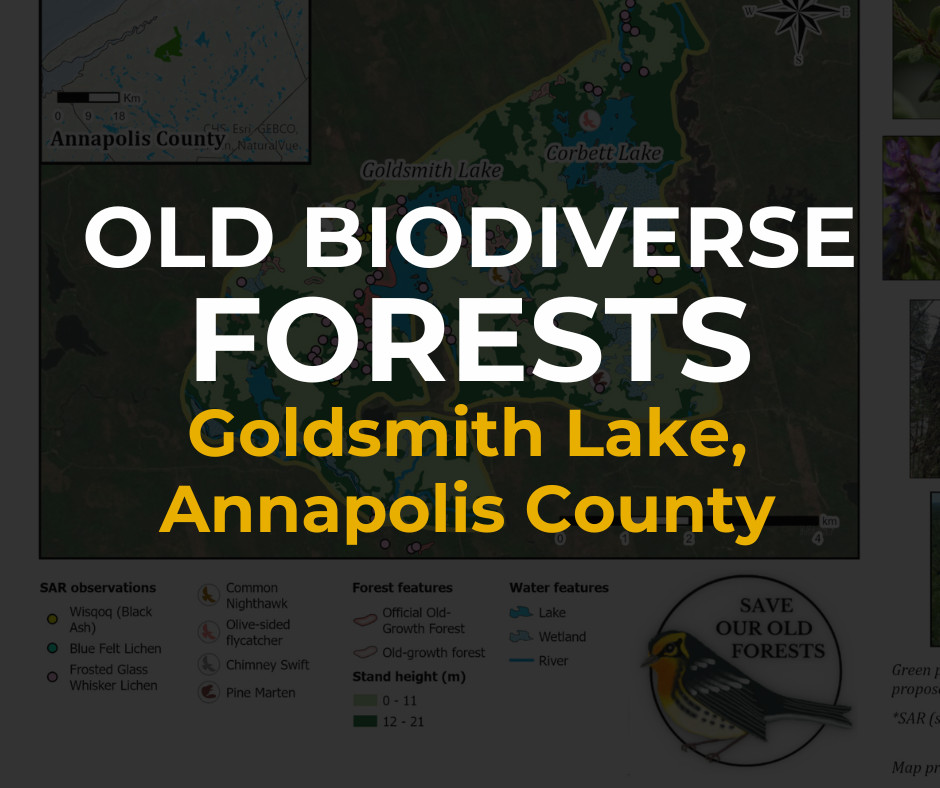Getting to 30% Protected Areas
Scientists have advocated for greater global biodiversity protection for many years, insisting that large-scale protected areas commitments could help mitigate not only the current extinction crisis but also complement the Paris Agreement on climate change, helping to conserve species, avoid catastrophic effects of climate change, and secure essential ecosystem services that all people depend on. In an April 2019 Science article, scientists presented an updated Global Deal for Nature that included land, freshwater and marine ecosystems and called for protecting at least 30 percent of lands by 2030, with an additional 20 percent of land protected as “climate stabilization areas.”
In response to the following UN Convention on Biodiversity call for expanded global protected areas, Canada has committed to a two-stage expansion of our protected areas system. The federal budget will invest $3.2 billion, over five years, to establish new terrestrial and marine protected areas across Canada, including in Nova Scotia. There has never been a bigger investment for nature protection, so it is a milestone worth celebrating!
While more funding will be needed to ensure Canada meets its commitment to protecting 25% of land and ocean by 2025 and 30% by 2030, Budget 2021 has charted a clear path for action on species loss and climate change. For Nova Scotia’s part, the provincial government is committed to increasing protected areas to 20% by 2030. Nature Nova Scotia supports these ambitious goals and encourages all Nova Scotians to take up the call to action. Help us “Make Room For Nature” by getting informed and engaging your local or national representative on this important issue.
Protected Areas in Nova Scotia
There are several kinds of protected areas in Nova Scotia, each afforded varying degrees of legal protection and administered by different bodies. Unfortunately, many protected areas in Nova Scotia are not as protected as the public assumes. Owl’s Head Provincial Park, long assumed to be officially protected, was secretly delisted from the Parks and Protected Areas Plan in 2019 and nearly sold off to a private developer before action from local citizens saved the area. Then, in 2022, the province entertained yet another proposal from the Cabot Group to build a golf course at West Mabou Beach Provincial Park, and citizens again had to come to the rescue.
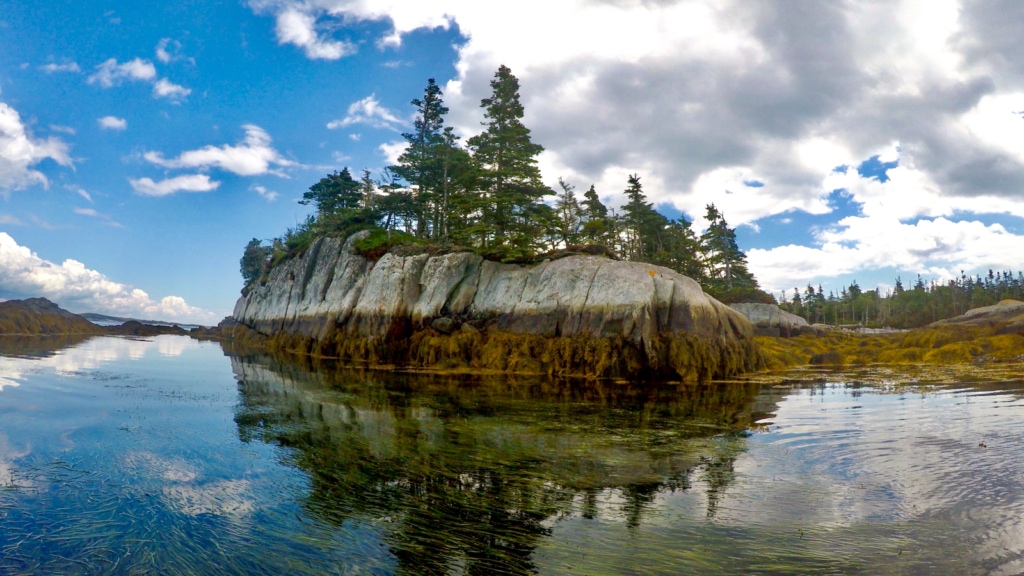
How many times must concerned citizens fight the same fight?
The issues aren’t changing – so the legislation has to. Together, we can put pressure on the government to update and strengthen the Provincial Parks Act to ensure that all of our provincial parks and park reserves remain protected forever. Will you sign onto our letter asking government to strengthen protections for these important natural and recreational spaces?
Misinformation and Conflicting Interests
Whether or not and how Nova Scotians should have been consulted before the attempted sale at Owls Head or development deal at West Mabou Beach remains uncertain. It was only after CBC journalist Michael Gorman obtained a Freedom of Information request that the public learned of the secretive delisting of Owls Head Provincial Park. Our nature network went to court over that very question in 2020, where Bob Bancroft and NatureNS member organization Eastern Shore Forest Watch argued that government had a duty to consult with the public before agreeing to sell the parcel, even though it was not technically designated yet and only a park in name alone. Justice Christa Brothers decided that such a “public trust doctrine” respecting public lands was not the kind of “incremental change to the common law that [the] court [was] permitted to make”, instead suggesting that if citizens had a problem with any politicians’ decisions they should voice as much at the polls. The Liberal government was shortly after replaced by the current Progressive Conservative government. Had Owls Head been officially designated through the parks and protected areas system, would the decision have been different? It’s difficult to say.
It can also be difficult to get new protected areas designated in Nova Scotia. In 2021, the province reached its previous 13% land protection goal with the addition of 80 new sites, including the protection of mature forests of the Sackville River Wilderness Area in Upper Sackville and an expansion for Blue Mountain Birch Cove Lakes Wilderness Area. This helped address a large gap left in the Parks and Protected Areas Plan, which had over 100 sites still waiting for protection at the time. These gains were hard-won though. Following the success of misinformation campaigns targeting the Biodiversity Act, forestry lobby groups set to work spreading misinformation about the Parks and Protected Areas Plan and the process for protecting Nova Scotia’s wild spaces.
Take the Ingram River for example…
The Ingram River area is a matrix of public and private lands supporting some of the most pristine wilderness left on St. Margaret’s Bay, including old forests, habitat for many provincially and federally listed species at risk, and some of the best hiking, hunting, and fishing opportunities in the Halifax area. Additions to the existing protected parcels along the Ingram River were released for consultation in Fall 2021 and immediately faced a misinformation campaign by WestFor Management Inc, which happened to operate a crown logging lease in the area. WestFor suggested through their Facebook presence and a news interview that, under protection, the Nova Scotian public would no longer be able to access the area, despite government openness to ATV and snowmobile use and the fact that all Nova Scotians have the legislated right to access forested lands for many purposes. This narrative comes up again and again when big forestry interests are threatened by conservation initiatives.
There are several different kinds of conservation lands under the Nova Scotia protected areas system, each with varying degrees of protection and allowances for differened activities. This may make public land protection vulnerable to misinformation.
- National Parks: Federally regulated and managed – Protect unique places and provide limited recreation opportunities
- Provincial Parks: Provincially regulated and managed – Protect important natural features and provide limited recreation opportunities in addition to research and education
- Wilderness Areas: Provincial – Protected for their representative features and provide for research, education, some economic activities, and recreation activities such as hiking, sportfishing, and hunting
- Nature Reserves: Provincial – Protected for their unique features and generally limit human use
- Municipal Conservation Lands: Owned and/or managed by municipalities – Generally protected through bylaws for the recreation opportunities they provide
- Private Conservation Lands: Owned and/or managed by land trusts or private citizens – Protected by charitable and volunteer action and, depending on the features found within, may receive some protection through legislation like the Beaches Act, Special Places Protection Act, or Trails Act

The proposal for the Ingram River included the addition of lands to the existing South Panuke Wilderness Area, designation of the new Island Lake Wilderness Area, creation of a special management zone along the Ingram River waterway, and protection of additional lands under the Old Forest Policy. The South Panuke Wilderness Area addition was part of a volume-based crown forestry license. Now protected, government amended its license with the company to remove these lands (and only these lands) from the license. The northern side of the proposed wilderness area addition bordered on a large block of public land that is part of the Mi’kmaw Forestry Initiative (MFI). This is a forestry pilot project that gives the Mi’kmaq forest planning and management responsibility on designated public parcels, through the guiding principles of Netukulimk, and it is unaffected by the new protected areas designations. The 888ha Special Management Zone (SMZ) proposed for the valley corridor would not allow for forestry activities. This area forms a thin buffer around watercourses, wetlands, and other sensitive habitats that are inappropriate for forestry operations anyway. The areas added under the Old Forest Policy included 54ha of old-growth and near old-growth forest. This hectarage was so small compared to the rest of the proposed conservation lands that it could not reasonably be considered to negatively impact forestry interests. It will, however, significantly benefit the conservation of declining old forest species in the area.
As for recreational access, all Nova Scotians have the legislated right to cross forested land for the purpose of fishing and hunting, especially public land, including Ingram River. Wilderness Area also allow for hunting, fishing, and even ATV use in designated areas. In fact, the Department of Environment and Climate Change had already indicated that it would amend existing provincial trail management agreements with the All Terrain Vehicle Association of Nova Scotia (ATVANS) and Snowmobilers Association of Nova Scotia (SANS) to allow continued ATV and snowmobile use on essential connecting routes through the proposed Island Lake Wilderness Area, which is the larger of the two in this example.
All together, the protection of the Ingram River was a very small step towards better conservation of an area that supports 18 confirmed species at risk and provides countless dollars in ecosystem goods and services every year, including through Mi’kmaw-led industry. The only Nova Scotians who didn’t benefit from the new Ingram River designations were those who wanted to clearcut it…
Sadly, there are other wild places facing similar barriers to effective conservation:
Much of Sandy Lake is still awaiting legal protection. In 2022, the province identified Sandy Lake as an area they would fast-track desperately-needed housing development, despite existing plans to finish the Regional Park and outcry from scientists, hobby naturalists, and the public. Write to the Premier, your MLA, and municipal councilor and ask them to finally protect this rare wild gem in the city.
The Blomidon Naturalists Society is proposing a new wilderness area for Crown land in southwest Kings County. The southwest corner of Kings County is the only major section of Crown land in the County that remains largely forested without human habitation. To date, there has been little opportunity or process for citizens to suggest public lands for formal protection. Take action today and help BNS protect this last wilderness.
The forests surrounding Goldsmith Lake are old, diverse, and support 95 confirmed species at risk. The Citizen Scientists of Southwest Nova Scotia submitted a proposal to the Dept. of Environment and Climate Change to protect an area of 3900 ha of Crown land surrounding Goldsmith Lake in 2022. Help the Citizen Scientists and Save Our Old Forests get this forest protected by signing onto their petition.
Take Action
Sign onto our letter asking government to designate all remaining pending protected areas in the now out-of-date Parks and Protected Areas Plan and get to work on a robust new plan for achieving 20% by 2030. Copy the text below, edit as you see fit, and send then send it in an email or print mail to the Premier, Minister Halman, and your MLA:
“[Minister Halman, Premier Houston, and/or your MLA],
Following the federal government’s example and call from the IUCN to increase the amount of land and oceans under formal protection, in 2021, the province renewed its commitment to nature with a promise to protect a total of 20% of Nova Scotia’s public lands by 2030. This a 7% increase from the previous 13% goal, which I was happy to see the province achieve in 2021. Shortly after, government launched a new planning process for identifying the next round of protected area parcels. I am concerned that this process only included the short 6-question survey government sent out, and not meaningful consultation with scientists, conservation groups, hobby naturalists, or other members of the public. I am also concerned with how many parcels identified in the current Parks and Protected Areas Plan are left undesignated, as we move into this next stage.
The Parks and Protected Areas Plan built on previous planning documents and identified additional areas that would require more planning, restoration, or other work before protection but that could have brought total land protection in Nova Scotia to 15%, had they all been designated. It’s time our province designated all remaining pending protected areas in the current Parks and Protected Areas Plan and then started work on a new (and full) plan that will take us into the next decade.
Your latest Protected Areas Strategy survey asked Nova Scotians very broad questions like “what are some barriers to achieving 20% protected areas?”, “how can private landowners be encouraged to contribute to the 20% goal?”, and “what should government consider in identifying new protected areas?” but you don’t ask us the more meaningful questions of “where would you like to see protected areas created or expanded?”, “which organizations, industry groups, and citizen groups would you like to see engaged in this next round of protected areas planning?”, or “how can government create more opportunities for public engagement as this process continues?” Surely those 6 simple questions you’ve put to Nova Scotians through this survey do not constitute the entirety of the public consultation your new Protected Areas Strategy will be based on…
Please designate these remaining provincial parks, nature reserves, and wilderness areas across Nova Scotia and provide citizens with an update on your full process for the next round of protected areas planning, including how we might nominate areas for protection, how we might contribute citizen science data, and how we might provide feedback on the draft plan once it’s ready.
Sincerely, [Your Name]
[Community], Nova Scotia
Can you go one step further?
1) Explore the Protected Areas Viewer to learn about existing and pending protected areas near you, then reach out to your MLA and ask them what they’re doing to ensure we meet our protected areas commitments.
2) Contact your MP and tell them you support the 30% by 2030 national protected areas goal.
Together, we can protect these important areas for generations to come

